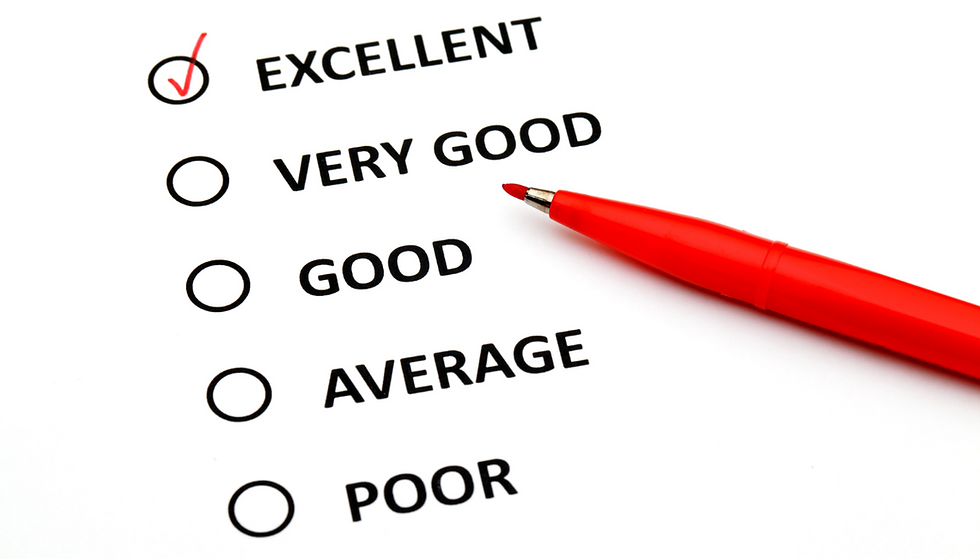- Oct 30, 2024
- 2 min read

How Do You Define “Clean”?
Sometimes it’s easy to see when a cleaning service isn’t meeting your standards, but other times, the signs are less obvious. This article provides guidance on how to set clear expectations with your cleaning provider and offers advice on steps to take if your standards aren’t being met.
Setting Standards – Defining “Clean”
If you ask ten people what “clean” means, you’ll probably get ten different answers. Similar to asking someone to define “beauty,” each person has their own perspective. This difference in views can make “clean” a challenging concept to standardize. If you’re managing your facility’s upkeep, you’ve likely encountered this problem.
Instead of relying solely on subjective ideas of cleanliness, create a detailed scope of work to set clear standards. This document should outline tasks to be performed in specific areas (such as offices, bathrooms, and break rooms) along with how frequently each task should be done (daily, weekly, monthly).
With a defined scope of work, both you and your cleaning provider can conduct routine inspections to ensure tasks are being completed as agreed.
Objective Metrics for Evaluating Performance
Since the idea of cleanliness can vary from person to person, it’s best to rely on objective metrics to gauge if your cleaning service is meeting expectations. Consider the following indicators:
Complaint Tracking: A core aim of any cleaning program is to reduce interruptions by minimizing complaints. Keep track of issues like “the restroom is out of soap” or “the trash wasn’t emptied.” Maintain a log of complaints, whether they’re received by email or verbally.
Response Times: Set up a process for reporting service issues to your cleaning vendor. If they don’t have a dedicated service portal, email works just as well. Track how quickly they respond to and resolve each issue.
Inspection Results: Routine inspections are crucial for maintaining quality. Ask your vendor to provide inspection reports regularly so you can be sure standards are being met.
These metrics are primarily objective, easy to track, and provide a foundation for accountability in your cleaning program.
Steps to Take When Your Vendor Misses the Mark
Even with well-defined standards and metrics in place, there may still be times when your cleaning service falls short. If this happens, consider these steps to get things back on track:
Meet with Your Vendor: Discuss the specific issues and ask targeted questions like, “What’s causing the high turnover in the cleaning team?” or “Why has the response time slowed from three hours to two days?” Digging into these issues can help identify ways to improve performance.
Reinforce Your Expectations: Reiterate your expectations to your vendor and set a realistic timeframe for improvements. Give them a fair opportunity to correct any issues.
Plan for a Change if Needed: If problems continue, start exploring alternative options. Research potential replacement vendors, meet with them, and prepare a thorough request for their services. Be sure to inform your staff about any upcoming changes so they’re aware.
By defining expectations clearly, relying on measurable performance metrics, and staying prepared to switch providers if necessary, you can keep your facility in top condition and ensure your cleaning service aligns with your standards.
.png)

